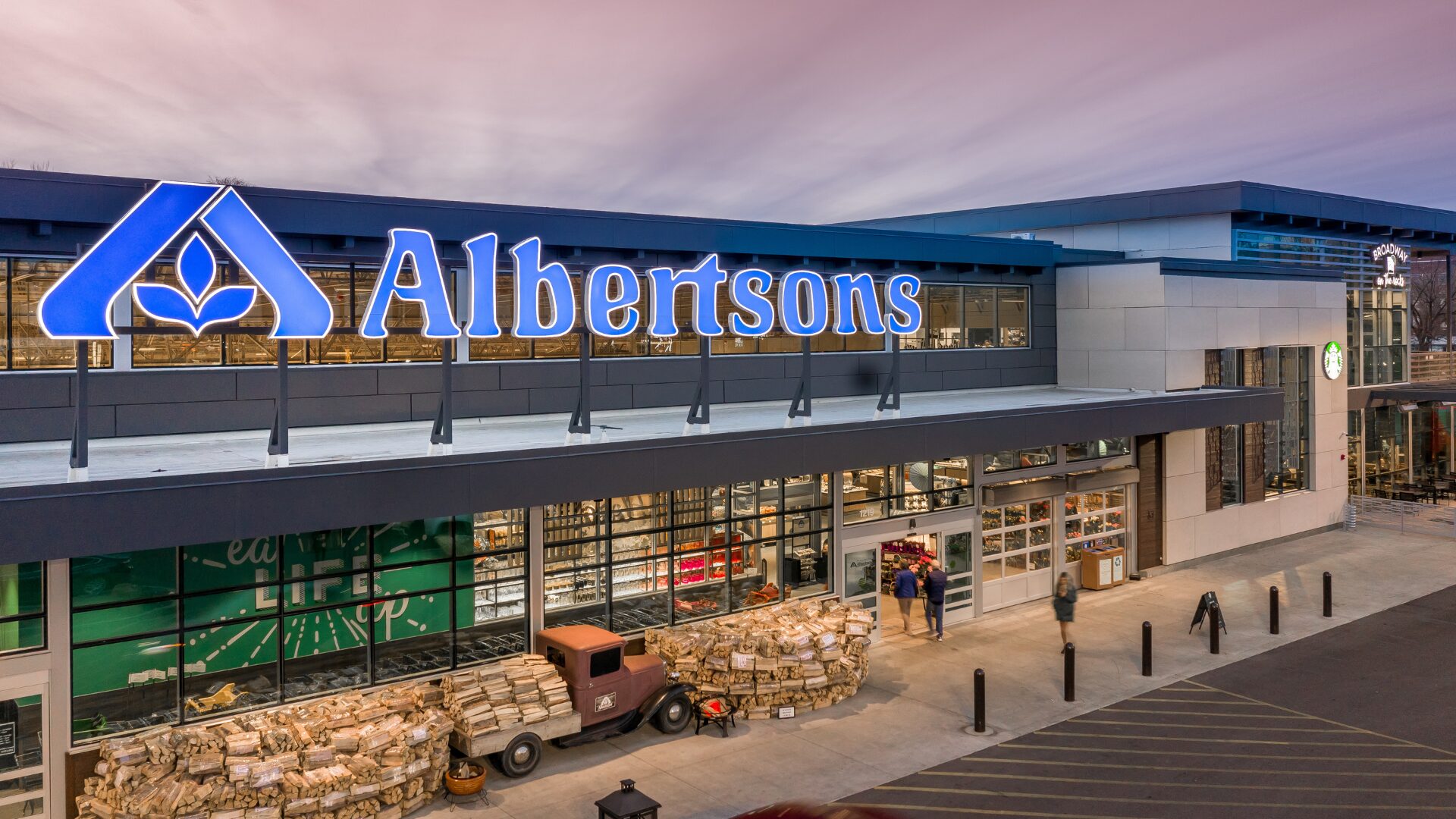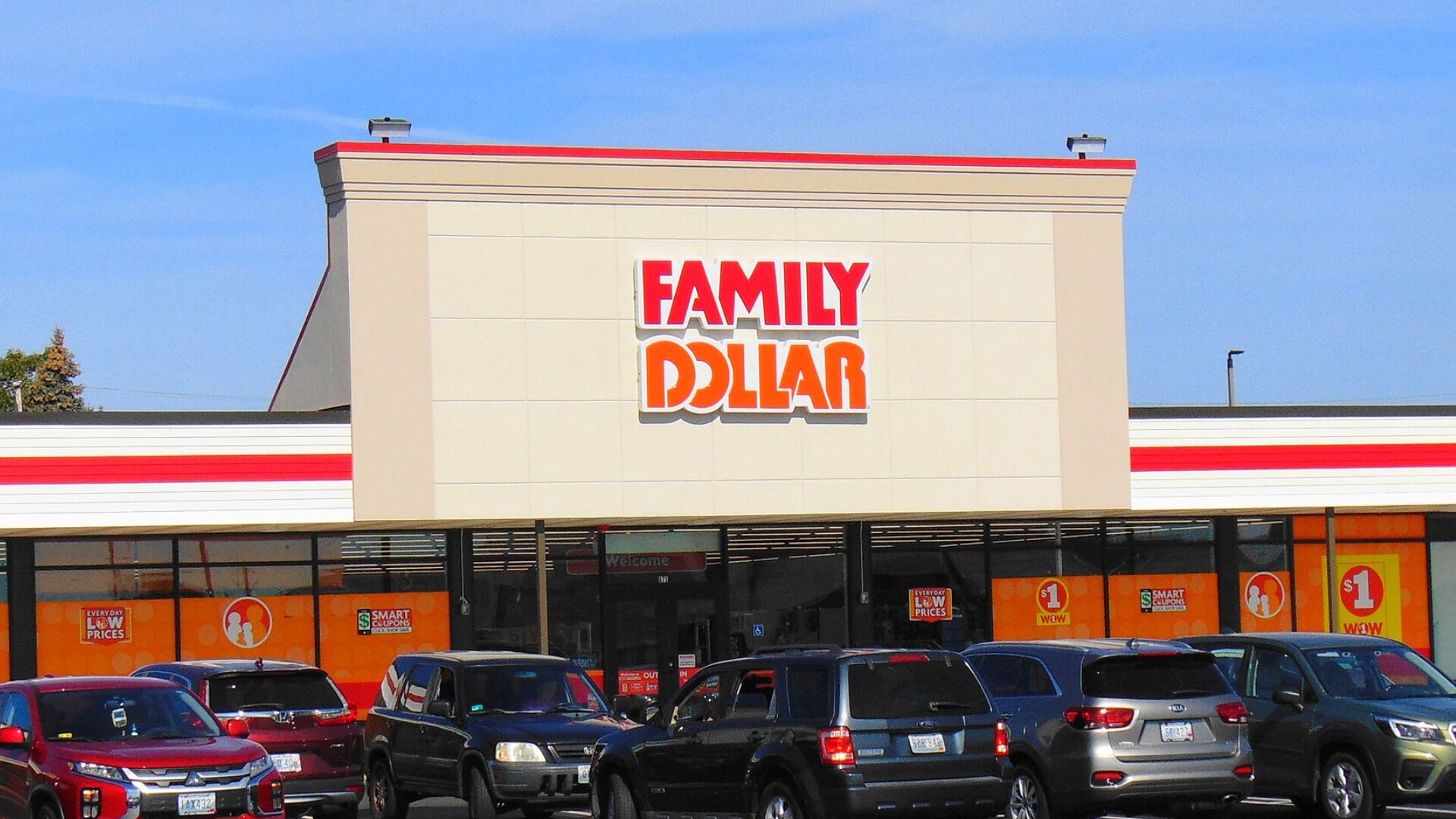Eighty-four percent of food and beverage executives expect sales growth in 2019, according to Mazars USA LLP’s 2019 Food & Beverage Industry Outlook.
New customers, new sales channels and/or points of distribution and new products were rated as the top three factors influencing sales growth. Additionally, healthy/nutritious food, private label foods and free-from foods took the top three spots in trends affecting sales increases.
The top external concerns were food marketing/advertisements effectiveness, food safety, traceability, quality assurance, rising commodity costs and other expenses. The lowest worry was mergers and acquisitions.
As for competition, 78% of respondents stated being concerned about other producers/retailers, while 18% stated they were worried about online. When asked about the impact of Amazon on their business, 58% did not think there will be any impact.
The most common operational initiatives underway or planned for large and small companies in 2019 are process-improvement activities tied with digital marketing/social media. New product introductions moved from second in 2018 to third in 2019. Acquisitions ranked last at just 5%.
The top supply-chain priorities across all companies were cost of goods, food quality and food safety. Food quality (17%) overtook food safety (11%) to become the second top priority.
When asked to identify the implementation state of various projects that can impact their bottom lines, the most common projects were compliance procedures for labeling laws and succession plans, similar to 2018. Forty-one percent of respondents already implemented these procedures and 20% plan to.
In 2018, compliance procedures for labeling laws and succession plans took the top two spots with 26% and 15% respectively of respondents indicating they implemented or plan to do so. Opportunity zone incentives and robotics/ artificial intelligence were the least popular incentives, with only 7% having implemented or intending to.
In addition, companies were asked if they plan on implementing several projects based on the current economic climate. Thirty-two percent planned on investing in product innovation and new markets, followed by 27% focusing on investing in capital expenditures.
Investing in product innovation and new markets took the top place for both large and small companies. However, differences emerged in the second-place spot: Increase in number of employees was the second priority for small firms, while increased profitability was number two for large firms.
Top motivators for introducing new food products included health and wellness, sustainability, convenience, direct to consumer, private label and ethnic/niche markets.










